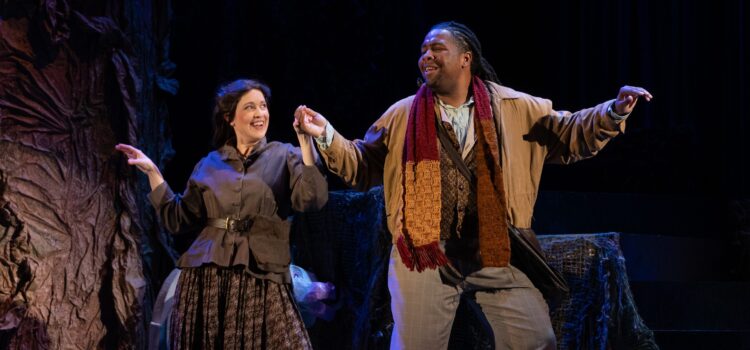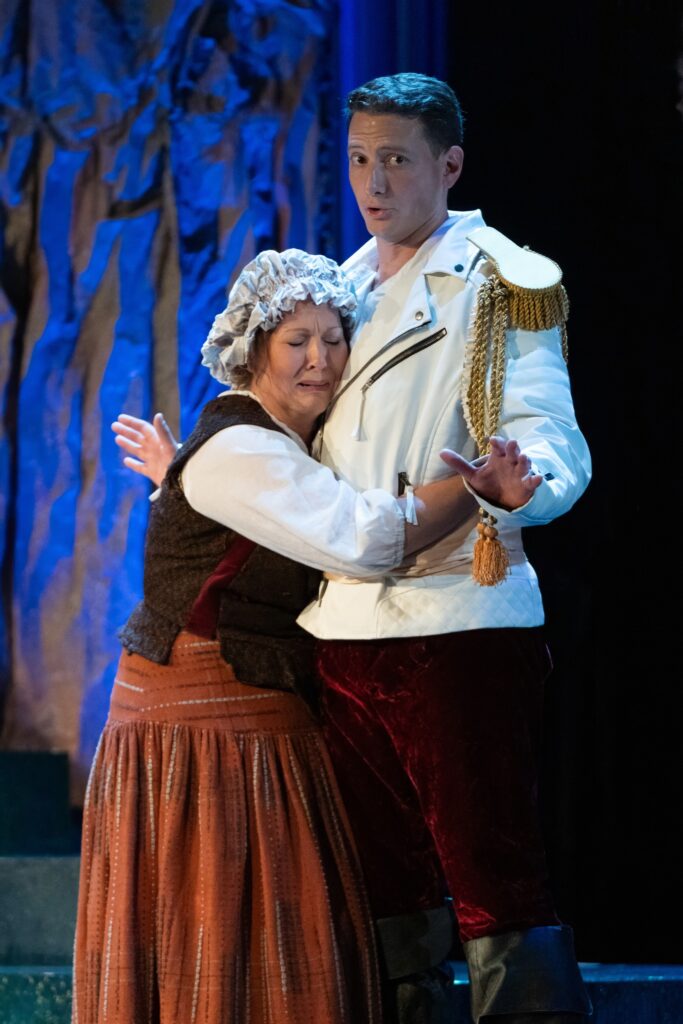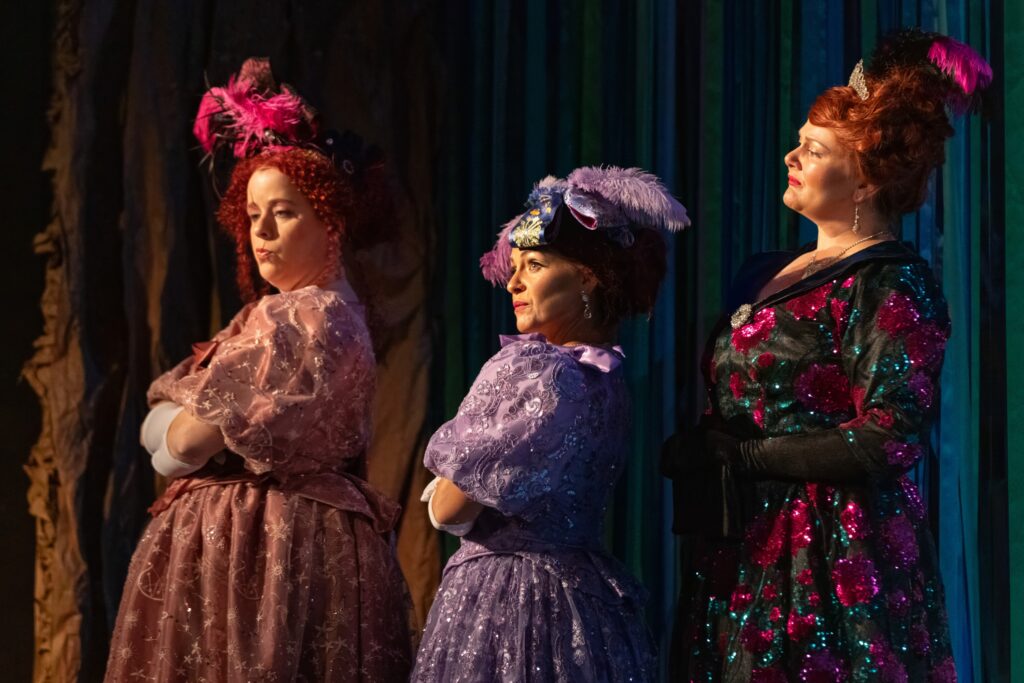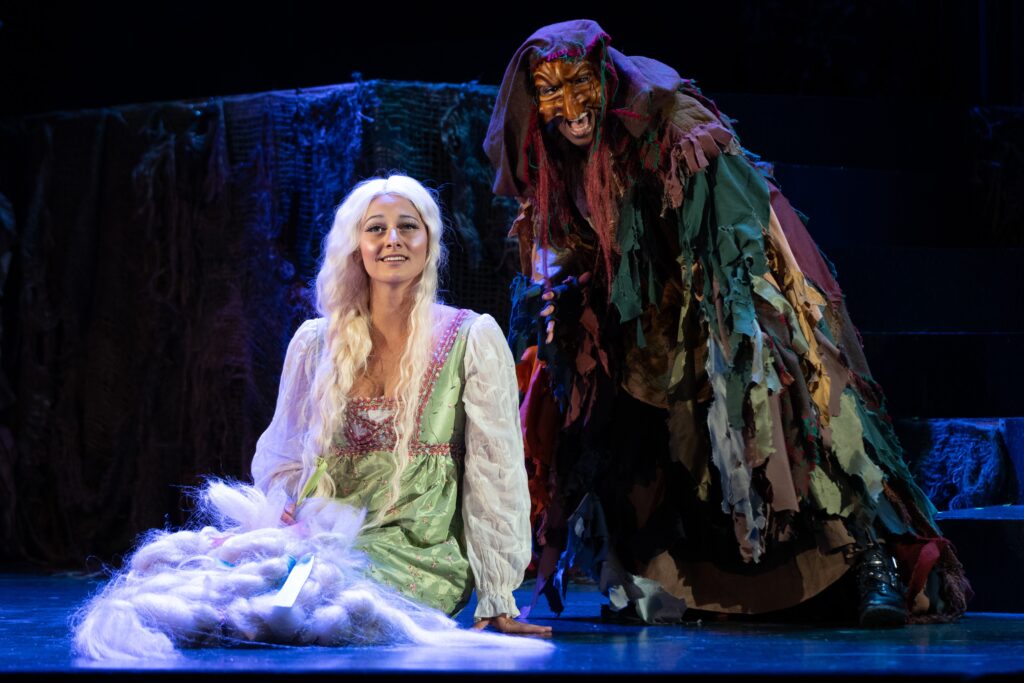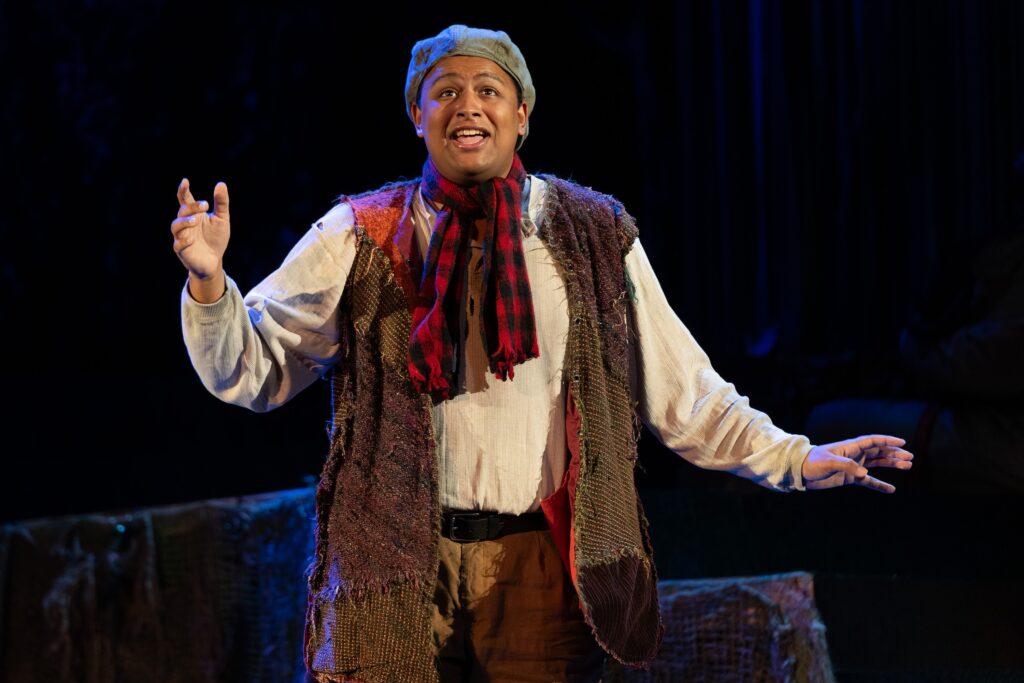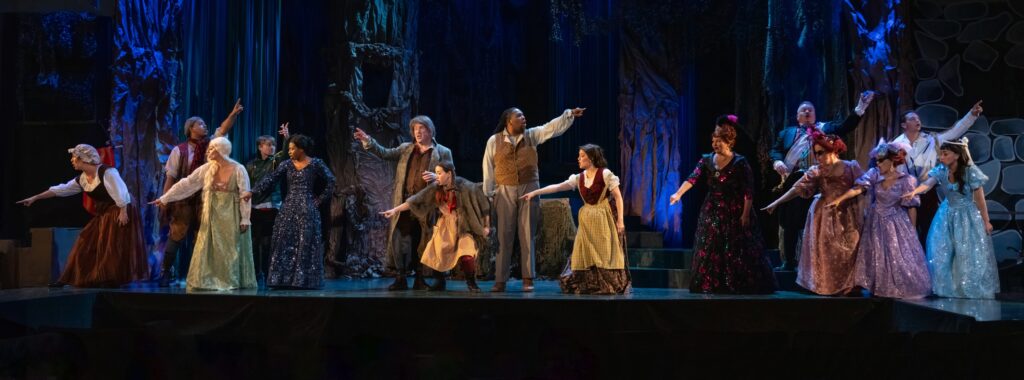By CB Adams
To discuss Opera Theatre of Saint Louis’ New Works Collective in 2025 is to engage with a program that is, at once, an artistic initiative, a social experiment and a statement of intent.
The project, now in its third year, represents a quiet but deliberate recalibration of the operatic landscape, a gesture toward a more inclusive and participatory model of commissioning and production.
If Peter Gelb, General Manager of the Metropolitan Opera, is correct in asserting that “the future of opera lies in the creation of new works that speak to contemporary audiences,” then OTSL’s New Works Collective is both a response and a challenge to that claim. The initiative does more than merely generate new operas because it also interrogates the mechanisms by which they come into being.
The Collective’s methodology is notable: rather than relying on the insular world of opera professionals to dictate artistic output, it assembles a committee of St. Louis-based artists, advocates and local leaders to guide its commissions. The result is an inherently communal aesthetic, one that seeks to reflect the multiplicity of voices within its reach.

The productions have explored a diverse array of themes and settings, including explorations of female empowerment, free speech, Black queer joy, and neurodiversity.
This year’s cohort—three short operas bound by the thematic thread of parent-child relationships—extends the program’s tradition of eclecticism and social engagement.
The evening opened with Black Coffee, a collaboration between librettist Alicia Revé Like. At its core, the opera is a meditation on displacement and belonging, following Makena, a young woman newly arrived in St. Louis, as she navigates the nebulous terrain of community and self-definition. Taylor-Alexis DuPont’s portrayal of Makena was imbued with a light, airy lyricism that lent warmth to the character’s uncertainties.
The supporting cast, including Martin Luther Clark as Makena’s father and Emilie Kealani in dual roles as Blake and Allegra, demonstrated impressive versatility, particularly in a score that demanded an interplay of humor and poignancy. Concert Black’s music, characterized by its understated charm, was complemented by a nimble use of projections, evoking the shifting spaces of bookstores and cafés with a disarming sense of whimsy.

The second opera, Family Style, offered a tonal shift. Librettist Melisa Tien and composer Meilina Tsui construct a world in which familial duty and personal aspiration collide with an almost operatic inevitability.
Mia, played with luminous sensitivity by Emilie Kealani, finds herself at an impasse: her father, Ping (Paul Chwe Minchul An), dreams of opening a Taiwanese restaurant, while she wrestles with the financial and emotional weight of her own ambitions.
Tsui’s score, laced with Chinese tonalities and instrumentation, shaped the opera’s emotional contours with an evocative depth.
A moment of levity—an exuberant ode to broccoli, featuring dancing vegetable stalks—was an unexpected delight, evidence of the production’s ability to balance gravity with playfulness. The chemistry between Kealani and An was particularly affecting, their voices intertwining in moments of shared longing and resignation.

The evening concluded with Kandake, perhaps the most traditionally operatic of the three in scope and subject matter. Written by librettist Jarrod Lee and composer Tim Amukele, Kandake recounts the true story of Amanirenas, the warrior queen of Kush who defied the Roman Empire. Cierra Byrd, in the title role, delivered a performance of striking authority, her rich, full-bodied voice channeling both the grandeur and vulnerability of Amanirenas.
The opera’s climactic moment—a visual and musical spectacle in which Amanirenas, clad in Angelique Newbauer’s resplendent gold costume, ascends to her final triumph amidst a cascade of shimmering confetti—was among the evening’s most indelible images. If any of the works on offer seemed poised for expansion into full-length form, Kandake was the clear candidate, its narrative ambition and dramatic breadth demanding a longer canvas.

Under the assured musical direction of Darwin Aquino and the deft staging of Richard Gammon, the 2025 New Works Collective was executed with a coherence that belied its tripartite structure.
Yuki Izumihara’s scenic and projection designs, Newbauer’s costumes, Kaitlyn Breen’s lighting, Brandon Fink’s choreography, and Kelley Jordan’s wig and makeup design all contributed to a production that felt polished and deeply considered.
Three years into its existence, the New Works Collective has carved out a space that is at once generative and disruptive, honoring opera’s traditions while challenging its insular tendencies. It has become a platform not only for emerging composers and librettists but for an evolving vision of what opera can and should be.
Whether it continues beyond this cycle remains to be seen, but if the 2025 performances are any indication, the project is far from exhausted. One can only hope for its continuation, as a program and as a provocation to the wider operatic world: who gets to create opera, and for whom is it created?


CB Adams is an award-winning fiction writer and photographer based in the Greater St. Louis area. A former music/arts editor and feature writer for the St. Louis Globe-Democrat, his non-fiction has been published in local, regional and national publications. His literary short stories have been published in more than a dozen literary journals and his fine art photography has been exhibited in more than 40 galley shows nationwide. Adams is the recipient of the Missouri Arts Council’s highest writing awards: the Writers’ Biennial and Missouri Writing!. The Riverfront Times named him, “St. Louis’ Most Under-Appreciated Writer” in 1996.


